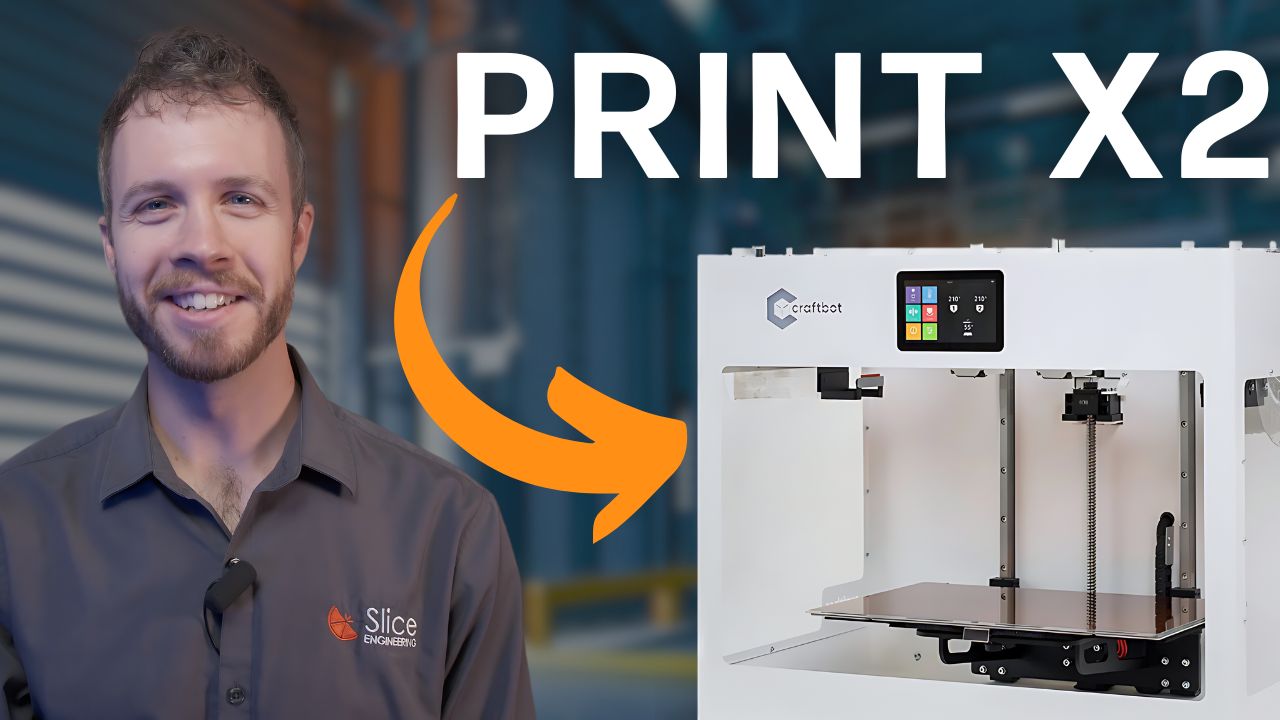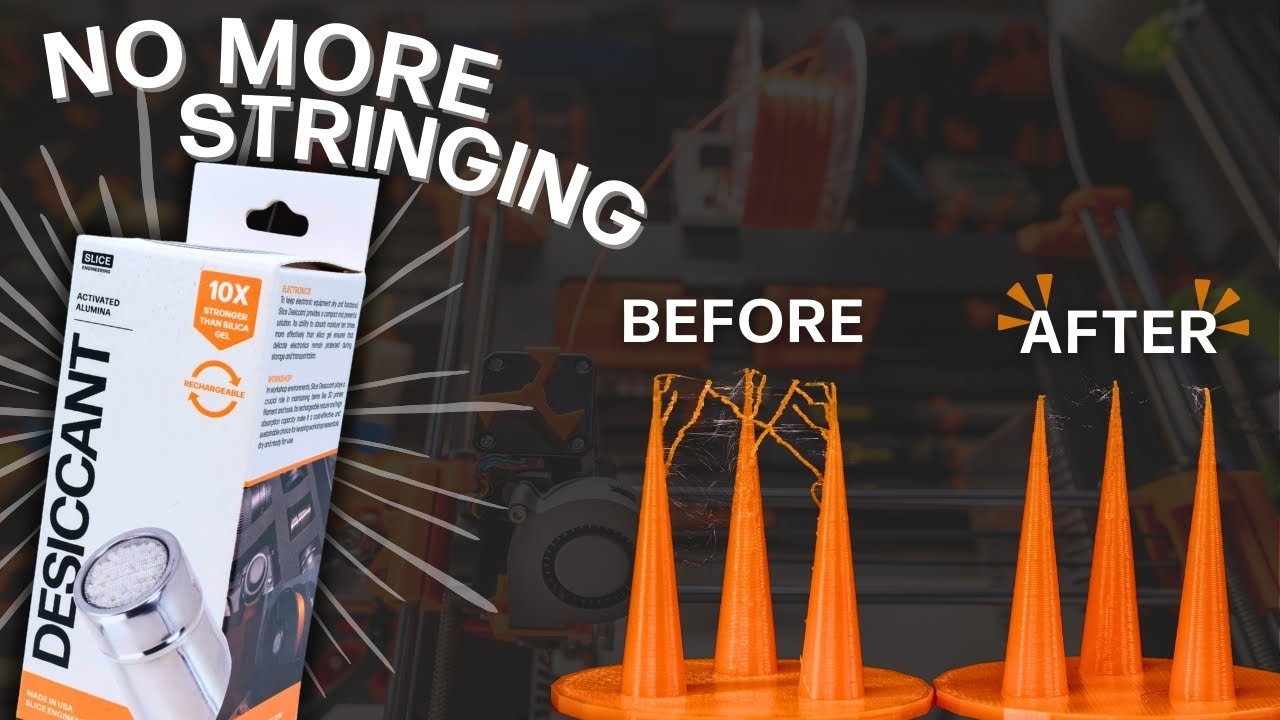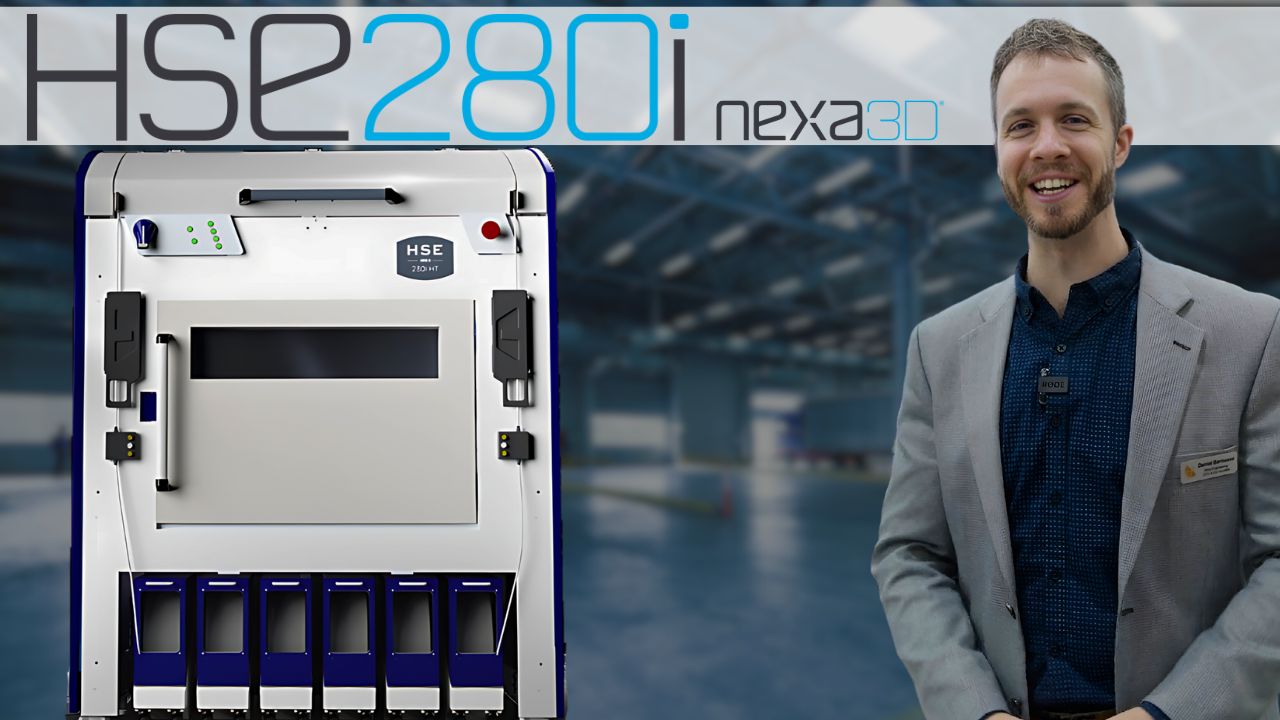How to Properly Torque a 3D Printer Nozzle
In 3D printing, consistency is critical. The slightest variation in your process can be the difference between your prints succeeding or failing, resulting in lost time and immeasurable frustration.
One often overlooked aspect of 3D printing is the seemingly minor task of changing and tightening your printer's nozzle. It may appear inconsequential, but I assure you, if mishandled, it's a surefire recipe for print failure.
Nozzle leaks, broken hotends, and temperature fluctuations are all byproducts of an improperly torqued nozzle. But it's not just about prints going wrong; it's about disrupting your manufacturing process, costing you time and money.
Let’s talk about tightening nozzles and how you MIGHT be doing it wrong.
When it comes down to it, a properly torqued nozzle is about one thing: ensuring a tight seal between the nozzle and hotend without overtightening and damaging either component. We’re going to take a look at what happens when you don’t properly tighten your nozzle, but first, we need to explain a very important, and often overlooked part of this whole equation:
The Coefficient of Thermal Expansion
Coefficient of Thermal Expansion
Think of the coefficient of thermal expansion, or CTE, as a material's tendency to "grow" or "shrink" when it gets hot or cold. It's similar to how a rubber band stretches when heated and contracts when cooled.
Every material has its own unique CTE, indicating how much it expands or contracts for each degree of temperature change. Some materials, like metals, expand significantly when heated, while others, like glass, expand less.
If you’re a 3D printing veteran, then you probably already know that nozzles are usually changed while hot. This is because traditionally hotends use an aluminum hot block.
Aluminum has a much higher coefficient of thermal expansion than steel or brass nozzles. This means it expands more than a brass or steel nozzle, leading to a tighter fit between the nozzle and the hot block threads.
This makes it crucial to tighten the nozzle properly at an elevated temperature. If not hot tightened, when the hotend cools down and the aluminum contracts, it can result in an insufficient seal.
At Slice, we use a copper alloy for our hot blocks.
Copper has a coefficient of thermal expansion close enough to that of a steel or brass nozzle that you can change nozzles hot or cold without issue—so long as you make sure there isn’t filament in your hotend when you make the change.
The last thing to know about CTE and changing nozzles hot versus cold is that just because you CAN change a nozzle cold, doesn’t mean you always should. If you’re printing at temperatures north of 300 degrees Celcius, we recommend ALWAYS hot-tightening your nozzle.
Why Nozzle Seal is Important
Now that we understand the science of hotend temperature when it comes to nozzle changes, let’s look at WHY it’s important to get your nozzle sealed just right. A perfect seal is crucial to prevent filament leaks and maintain stability during printing. Leaks are a 3D printer's worst enemy.
If the nozzle isn't tightened correctly, you risk molten filament escaping between the nozzle and the hotend, leading to messy prints and potential clogs. To demonstrate how wrong this can go, I installed a nozzle on our Prusa MINI just slightly looser than it should be. I don't recommend doing this at home.
Then I ran PLA through the hotend. After about 5 minutes of constant extrusion, filament started leaking from the nozzle threads and hot block. Here at Slice, we’ve even seen some nozzles that unscrew themselves from the hotend due to the filament buildup and pressure.
It’s easy to see how a nozzle leak can ruin your print and, if gone unnoticed, could wreak havoc on your entire printing setup. On the flip side, tightening the nozzle too much can damage the nozzle, or worse, compromise the longevity and functionality of your 3D printer and hotend. When nozzles are over-torqued, you risk shearing the nozzle and damaging the hotend. For scientific purposes, I over-tightened brass nozzles in some old Mosquito hot blocks.
Mosquito hotends can have nozzles tightened hot or cold, so I decided to just hold the block in place with a vice grip to demonstrate what a nozzle shear looks like instead of doing this on a fully assembled and installed hotend. It’s just safer and easier to illustrate this way. With brass nozzles, shearing is incredibly easy. I tightened the nozzles into the block and then ratcheted down just a bit too tight, and it snapped in the blink of an eye.
Here’s a closeup look at the nozzle breaking. I measured the torque required to break these brass nozzles in a Mosquito hot block at around 5 to 6 Nm, but that sounds much higher than it is. With a standard ratchet or wrench, reaching the nozzle’s breaking point is easy if you aren’t careful. You’ll want a torque wrench to avoid over or under-tightening your nozzle.
How to Change a Nozzle
Now that we understand the importance of proper nozzle torque let's walk through the steps of changing a nozzle, ensuring we get that torque just right.
First, let’s gather our tools. To do this right you’re going to want to use a torque wrench.
We make a Nozzle Torque Wrench that we've pre-torqued to 1.5 Nm, a number that we’ve found creates a perfect seal between the nozzle and hot block for our hotends. We recommend referencing your printer manufacturer’s torque specification to make sure you don’t under-torque your nozzle. The other tool you may need is an adjustable wrench to hold your hot block in place. Now, if your printer has a rigid hotend, like our Mosquito, then you can just change nozzles with one hand.
But if you use a traditional hotend design, like our Copperhead hotend, you'll use this wrench to stabilize the hotend during the nozzle change. Next, make sure your filament is unloaded from the hotend. Changing a nozzle with filament in the path can damage your hotend, especially if you’re changing your nozzle cold.
Once your filament is removed and your hotend is heated, hold the hot block in place and use your torque wrench to remove the existing nozzle by turning counterclockwise. To install the new nozzle, carefully start screwing it in by hand to ensure the threads align correctly. I’m doing this barehanded because my hotend is cold, but if you’re doing this on a heated hotend, I’d recommend wearing protective gloves.
It goes without saying, but please be careful when installing a new nozzle, and don’t burn yourself. Your hotend is going to be VERY hot. Once your nozzle is partially threaded, hold the hot block in place with the adjustable wrench and use the torque wrench to tighten the nozzle until you hear a click. And that’s it.
You’ve tightened your nozzle to the perfect torque—not too loose and not too tight. If you made it this far, congratulations. You are now a nozzle-changing professional. I hope now you see that proper tightening of your printer's nozzle plays an essential role in the quality and success of your prints. It's not just about avoiding immediate problems like filament leaks or nozzle shears but also about ensuring the overall health and longevity of your 3D printer.
By using the right tools, like our Nozzle Torque Wrench, and understanding the importance of correct torque, you're not just fixing a part of your printer but optimizing your entire 3D printing process.
Recent Posts





